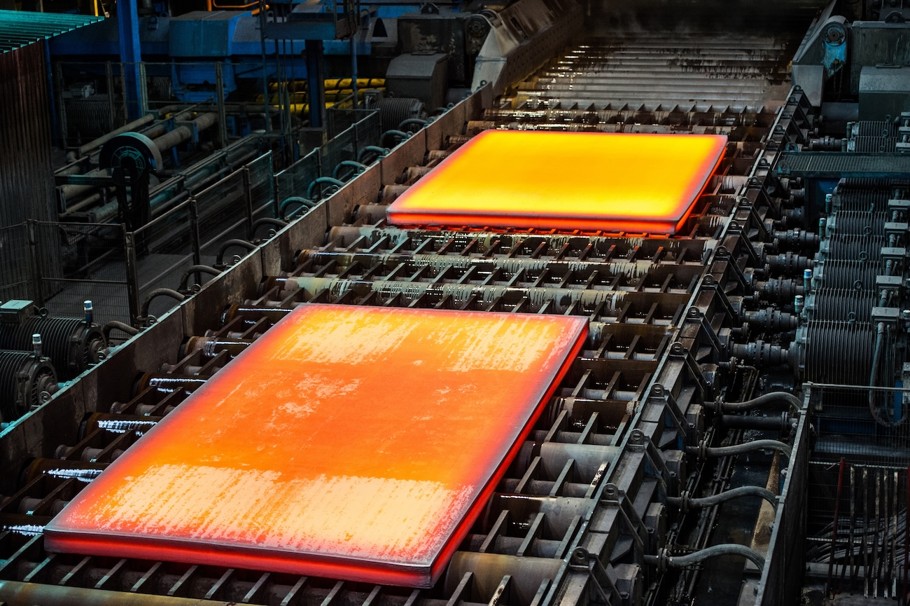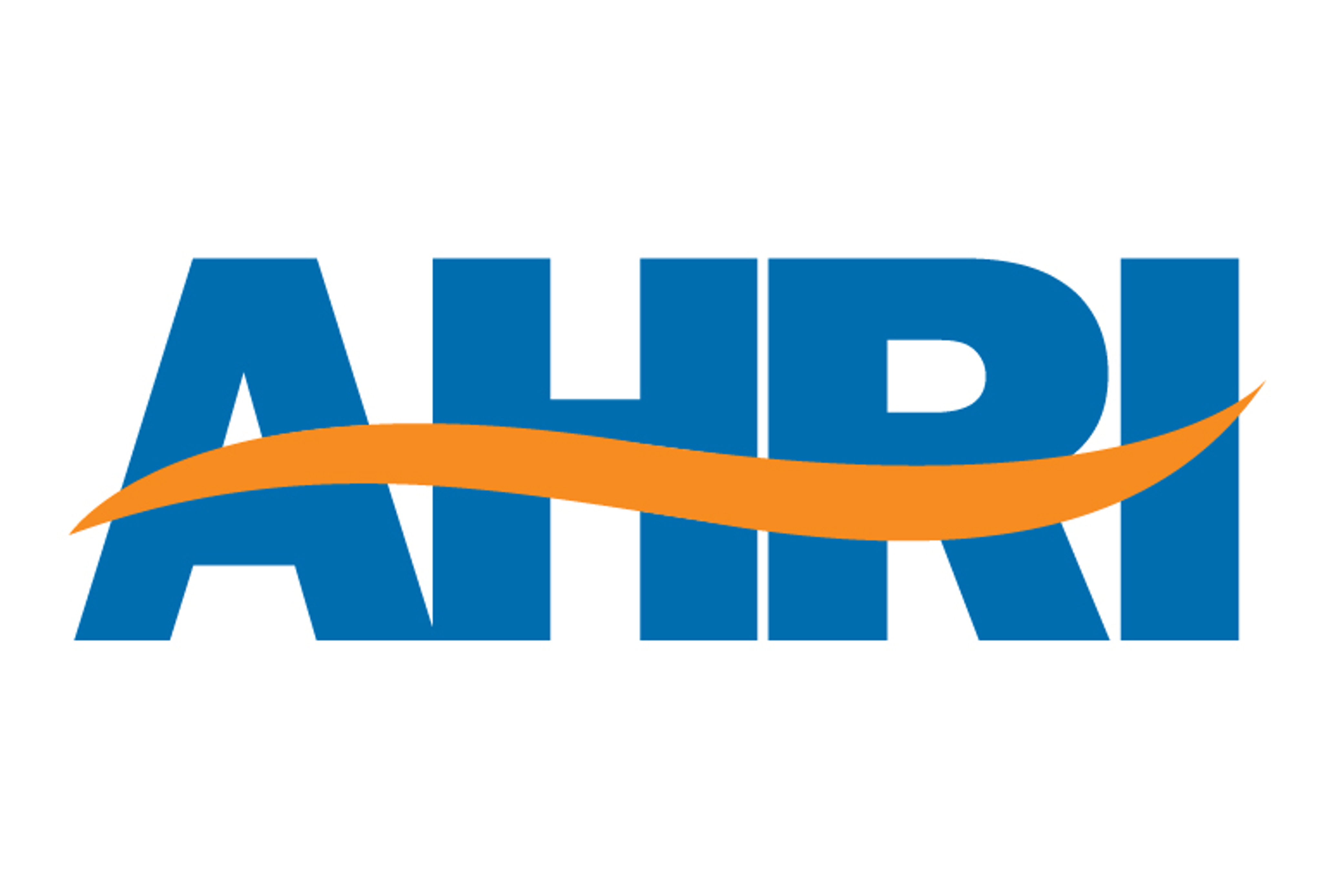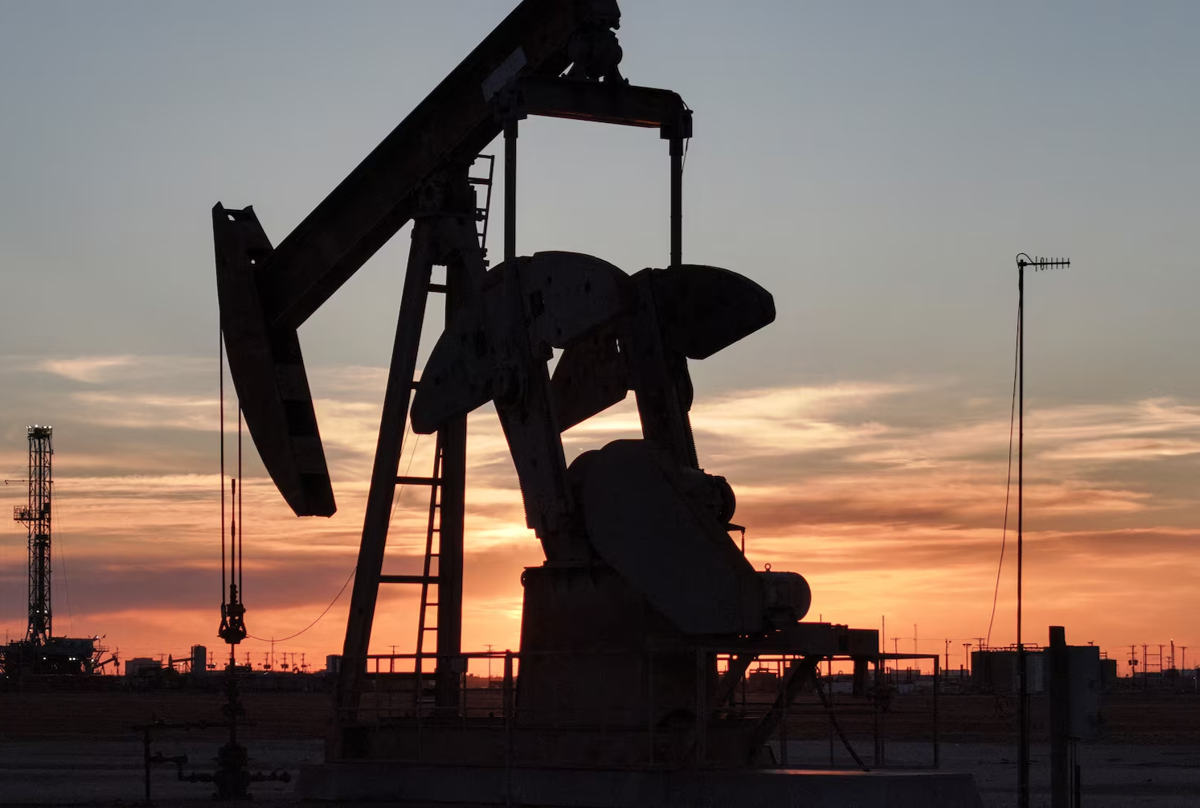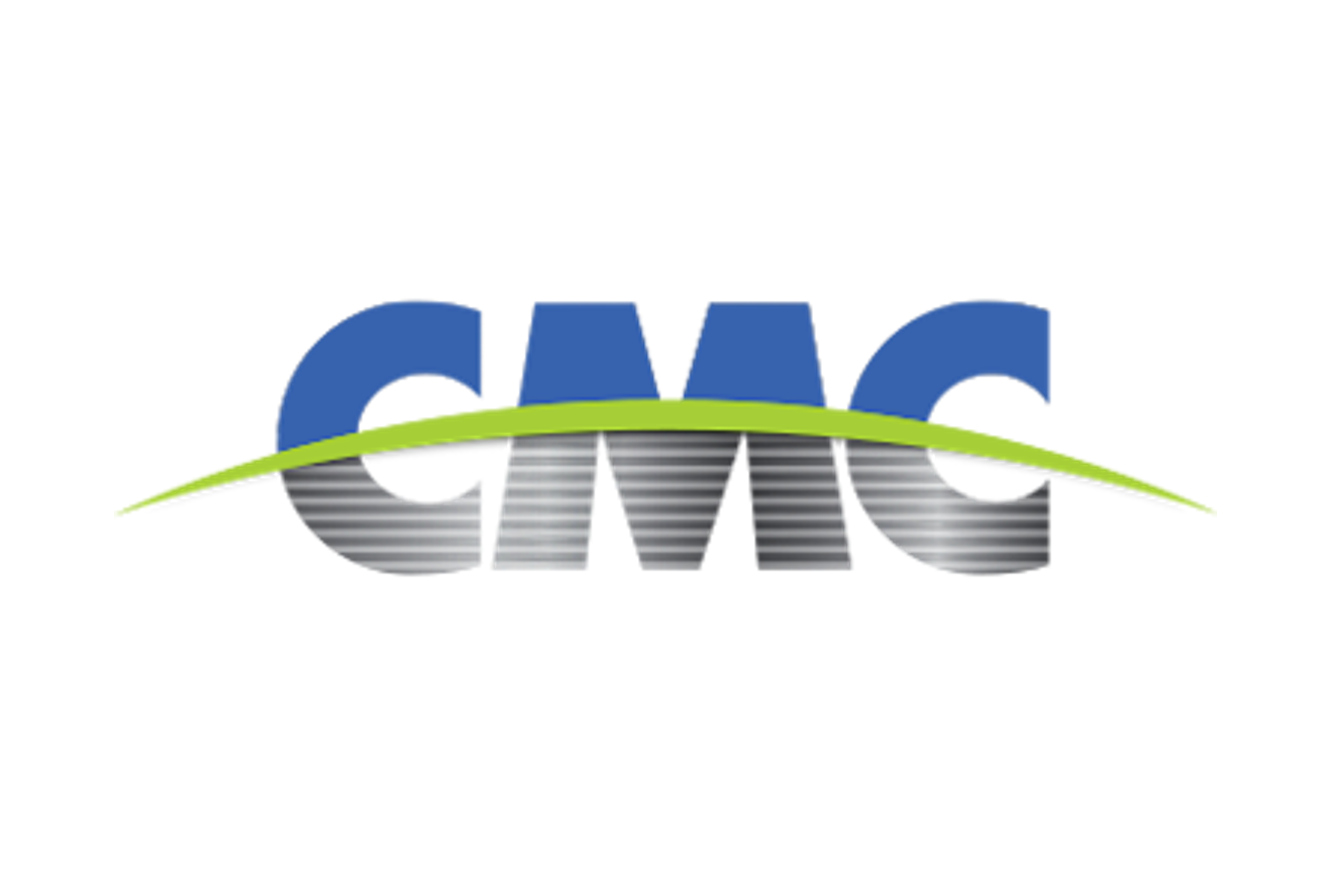Product
December 1, 2017
October Construction Spending Sets Records
Written by Sandy Williams
Overall construction spending reached a record high in October, totaling a seasonally adjusted annual rate of $1.241 trillion, an increase of 1.4 percent from September. However, government data analyzed by the Associated General Contractors of America shows public-sector infrastructure investments lagging behind other public and private spending.
“There was healthy growth this October in both public and private construction spending, with an exceptionally strong surge in public educational construction,” said Ken Simonson, the association’s chief economist. “But for the first 10 months of 2017 combined, public investment—specifically in infrastructure—has fallen short of the already inadequate amounts posted in the same period of 2016.”
Construction spending in October totaled $1.241 trillion at a seasonally adjusted annual rate, an increase of 1.4 percent from the September total. Public construction spending jumped 3.9 percent, led by a rise of 10.9 percent in educational construction. Private nonresidential spending rose 0.9 percent for the month, while private residential spending increased 0.4 percent.
In contrast to the increase between September and October, public construction spending year-to-date shrank 3.4 percent from January through October combined, compared with the same months of 2016, with year-to-date losses concentrated in infrastructure categories, Simonson noted. Public spending year-to-date on highway and street construction declined 4.3 percent from 2016; spending on transportation (transit, airports, rail and ports) slipped 1.6 percent; investment in sewage and waste disposal tumbled 15.9 percent; and water supply construction dollars plunged 9.6 percent. In contrast to infrastructure spending, which generally depends in part on federal funds, school and university construction—funded largely by local property taxes and tuition, respectively—climbed 2.2 percent from 2016 to 2017.
Private construction spending fared better, the economist pointed out. Private residential spending rose 11.2 percent year-to-date, with gains for new single-family construction (9.0 percent), multifamily (3.9 percent) and improvements to existing housing (17.2 percent). Private nonresidential spending year-to-date edged up 1.5 percent. The largest private nonresidential category, power (electric power plus oil and gas field and pipeline construction) declined 2.5 percent year-to-date, while the second-largest segment, commercial (retail, warehouse and farm construction) soared 14.7 percent as warehouse construction boomed.
{loadposition reserved_message}
Association executives called on federal, state and local officials to boost funding for infrastructure. The officials said that new infrastructure funding is vital for supporting economic growth, as well as public health and safety.
“It is essential to increase the nation’s investment in roads and other transportation facilities to keep the economy growing,” said Stephen E. Sandherr, the association’s chief executive officer. “And investment in safer highways, drinking water and wastewater systems are important for public safety and health.”







